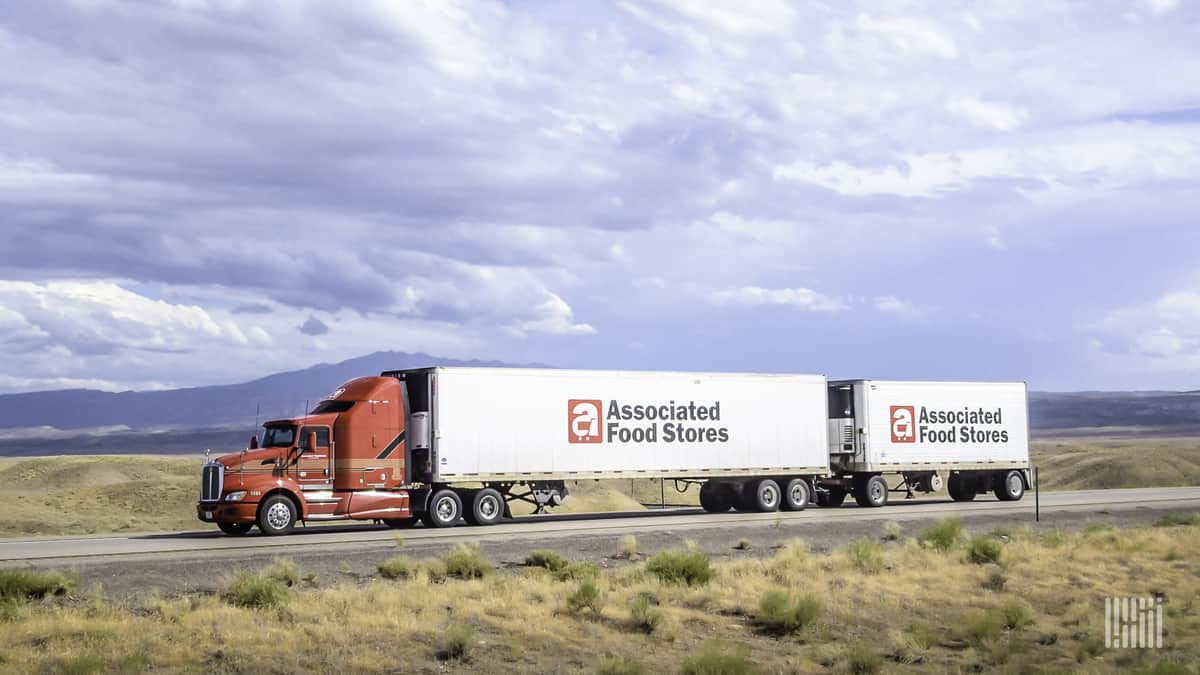When it comes to the world of trucking and transportation, two terms often come up – Interstate and Intrastate trucking. These terms refer to the type of commerce a trucking operation engages in and have important implications for regulations and operations. Let’s dive into the main differences between Interstate and Intrastate trucking to help you understand these concepts better.
Interstate trucking involves the transportation of goods and cargo across state lines. This means that the trucking company operates in multiple states, and its trucks frequently cross state borders. on the other hand, pertains to the transportation of goods within a single state. The trucking company and its vehicles primarily operate within the boundaries of a specific state.
Main Difference Between Interstate And Intrastate Trucking
Regulatory Oversight
Interstate Trucking: Because it involves crossing state lines, interstate trucking is subject to federal regulations set by the Federal Motor Carrier Safety Administration (FMCSA). This includes compliance with the Hours of Service (HOS) regulations, vehicle weight limits, and other federal safety standards.
Intrastate Trucking: Intrastate trucking operations are subject to state-level regulations. These regulations can vary significantly from one state to another, but they do not fall under federal jurisdiction in most cases.
Also Read – A Comprehensive Guide on How to Start a Freight Broker Business in Canada
Licensing and Permits
Interstate Trucking: Companies engaged in interstate trucking must obtain Interstate Operating Authority (MC Number) from the FMCSA. Additionally, their drivers need Commercial Driver’s Licenses (CDLs) compliant with federal standards.
Intrastate Trucking: Intrastate carriers need to adhere to their respective state’s regulations for licensing and permits. This may include state-specific CDL requirements.
Taxes and Fees
Interstate Trucking: Interstate carriers must deal with federal taxes and fees, such as the Heavy Vehicle Use Tax (HVUT). They may also have to comply with fuel tax reporting in multiple states.
Intrastate Trucking: Intrastate carriers primarily deal with state-level taxes and fees, which can vary widely depending on the state.
Also Read – A Comprehensive Guide to Obtaining a Freight Broker License
Operations Scope
Interstate Trucking: Interstate carriers often have a larger operational scope, serving a broader customer base across multiple states. They tend to be more involved in long-haul transportation.
Intrastate Trucking: Intrastate carriers usually focus on localized or regional transportation within a single state. Their operations may involve shorter distances and quicker turnaround times.
In summary, the main differences between Interstate and Intrastate trucking revolve around the geographic scope of operations, regulatory oversight, licensing, taxation, and the nature of transportation. Understanding these distinctions is crucial for trucking companies to ensure compliance with the appropriate rules and regulations based on their operational scope.
Whether you’re considering starting a trucking business or looking for transportation services, knowing the difference between these two types of trucking is essential for making informed decisions.





